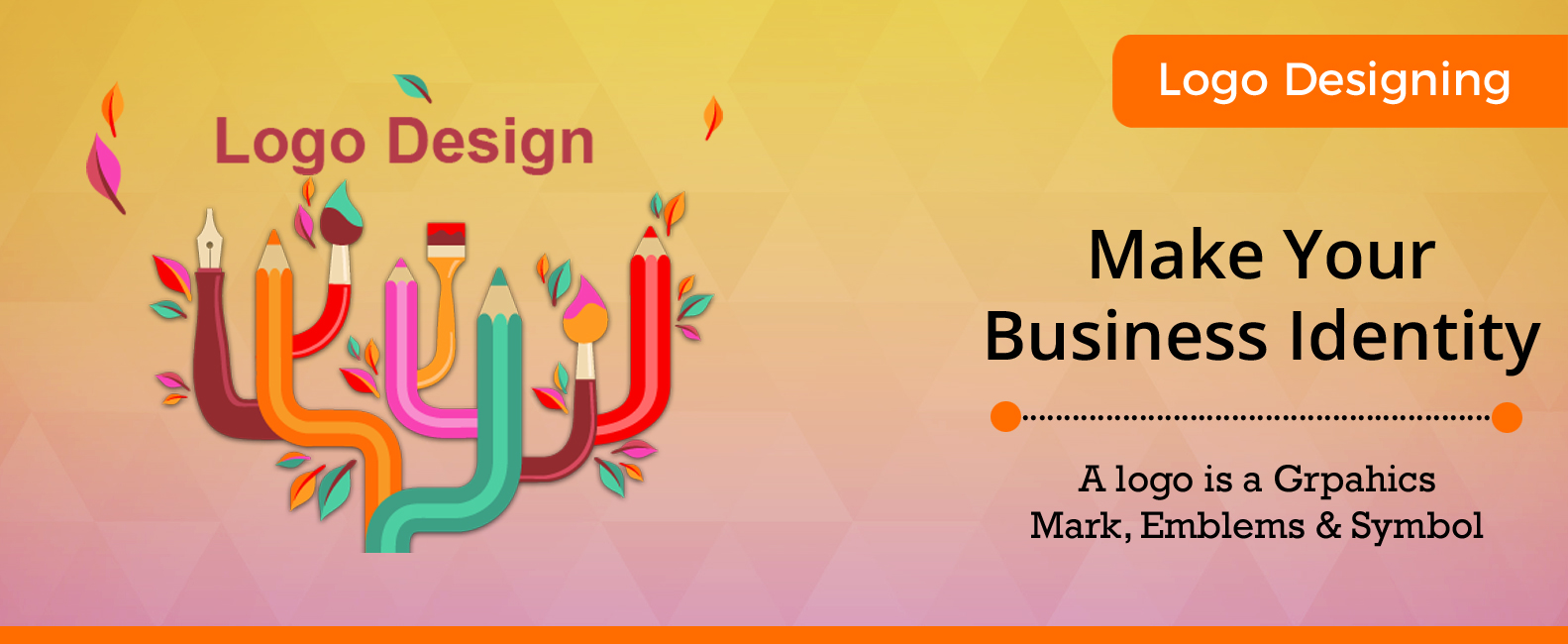
Logo Design
A Logo is a Graphic Mark, Emblem, or Symbol commonly used by commercial enterprises, organizations, and even individuals to aid and promote instant public recognition. There are purely graphic emblems, symbols, icons and logos, which are composed of the name of the organisation. At the level of mass communication and in common usage, a company’s logo is today often synonymous with its trademark or brand.
Logo Design Process
Designing a good logo often requires involvement from a marketing team teaming with the graphic design studio. Before a logo is designed, there must be a clear definition of the concept and values of the brand as well as understanding of the consumer or target group. Broad steps in the logo design process include research, conceptualization, investigation of alternative candidates, refinement of a chosen design, testing across products, and finally adoption and production of the chosen mark.
Benefits of Logo Design


Logo Design Types:
As of today, many corporations, products, brands, services, agencies, and other entities use an ideogram (sign, icon) or an emblem (symbol) or a combination of sign and emblem as a logo. As a result, only a few of the thousands of ideograms in circulation are recognizable without a name. An effective logo may consist of both an ideogram and the company name to emphasize the name over the graphic, and employ a unique design via the use of letters, colors, and additional graphic elements.
By the early 21st century, large corporations such as MTV, Nickelodeon, Google, Morton Salt, and Saks Fifth Avenue had adopted dynamic logos that change over time from setting to setting.
A company that uses logotypes (wordmarks) may desire a logo that matches the firm’s Internet address. For short logotypes consisting of two or three characters, multiple companies are found to employ the same letters. In today’s digital interface adaptive world, a logo will be formatted and re-formatted from large monitors to small handheld devices. This reduces the confusion when mingled with other logos in tight spaces and when scaled between media.


